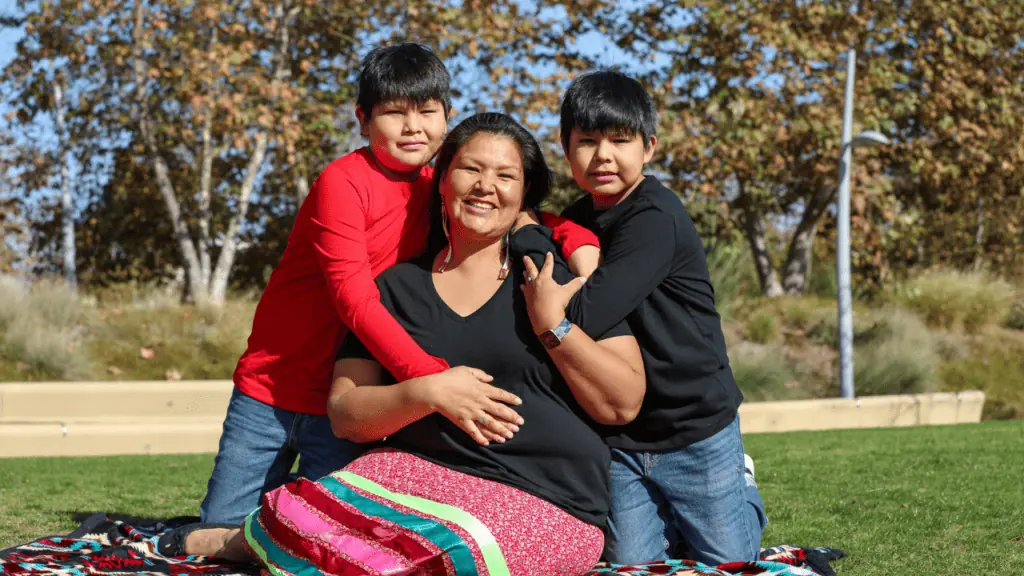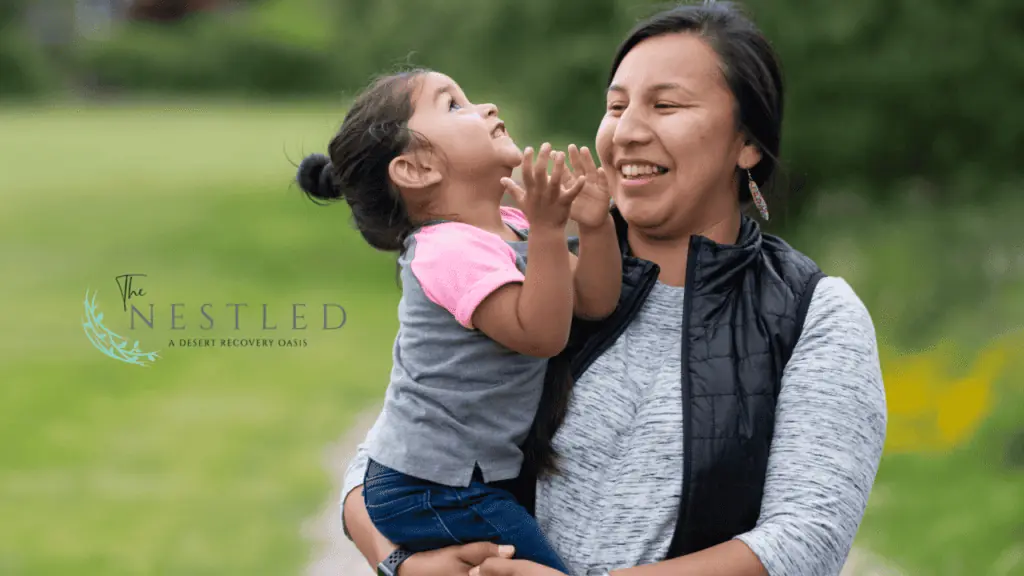Addiction, a complex and multifaceted issue, has left no community untouched, including the Native American population. Within the vast tapestry of American society, Native American communities have faced unique challenges, both historically and in the present day, that have contributed to the prevalence of addiction among their members. Understanding these challenges is not just a matter of empathy; it’s crucial for developing effective, culturally sensitive treatment methods. This article delves into the specific obstacles Native Americans face when seeking and receiving addiction treatment, beginning with a deep dive into the historical context that has shaped the current landscape.

Historical Context
To truly grasp the challenges faced by Native Americans in the realm of addiction treatment, one must first understand the profound historical trauma experienced by these communities. This trauma, spanning centuries, has left indelible marks on the collective psyche of Native American populations.
- Forced Relocations: The forced removal of Native American tribes from their ancestral lands, most notably the Trail of Tears, resulted in the death, suffering, and dislocation of thousands. Such traumatic events have had long-lasting psychological effects, creating vulnerabilities that can lead to substance abuse.
- Boarding Schools: In an attempt to assimilate Native Americans into mainstream American culture, many children were taken from their families and placed in boarding schools. Here, they were often forbidden from speaking their native languages or practicing their traditions. The emotional and sometimes physical abuse faced in these institutions has contributed to generational trauma.
- Loss of Cultural Identity: The systematic erosion of Native American cultures, languages, and traditions has led to a loss of identity for many. This cultural void can lead to feelings of aimlessness and despair, factors that can contribute to substance abuse.
- Economic and Social Disparities: Historically marginalized and often relegated to reservations with limited resources, many Native American communities have faced economic hardships. Poverty, unemployment, and lack of access to quality education and healthcare can exacerbate feelings of hopelessness and increase susceptibility to addiction.
Understanding this historical context is essential. The trauma and challenges of the past continue to reverberate in the present, influencing the patterns of addiction and the barriers to treatment faced by Native Americans today.
Geographical Challenges
The vast and diverse landscapes of the United States have often been a source of pride and wonder. However, for many Native American communities, the geographical layout presents significant challenges in accessing addiction treatment.
- Remote Reservations: A significant portion of the Native American population resides on reservations, many of which are located in remote areas. These isolated locations often lack nearby treatment facilities, making access to care a logistical challenge.
- Transportation Issues: Even when treatment facilities are available, transportation can be a significant barrier. Many individuals may not have personal vehicles, and public transportation options are often limited or non-existent in these areas.
- Urban Relocation: While some Native Americans have relocated to urban centers, they often face challenges in navigating city-based healthcare systems, which may not be equipped to address their unique needs.
- Limited Infrastructure: Reservations often lack the infrastructure to support comprehensive addiction treatment programs, from detoxification centers to long-term rehabilitation facilities.
Cultural Barriers
Culture plays a pivotal role in shaping our perceptions, beliefs, and behaviors. For Native Americans, a rich tapestry of traditions and values provides a foundation for life. However, when it comes to addiction treatment, cultural differences can present barriers.
- Western Medicine vs. Traditional Healing: The predominant addiction treatment methods in the U.S. are rooted in Western medicine. These methods may not always align with traditional Native American healing practices, which emphasize holistic approaches and spiritual healing.
- Lack of Culturally Trained Professionals: There’s a scarcity of healthcare professionals trained in Native American cultural sensitivity. This gap can lead to misunderstandings and a lack of trust between patients and providers.
- Language Barriers: While many Native Americans speak English, some elders and community members may be more comfortable communicating in their native languages. Treatment facilities often lack interpreters or staff fluent in Native American languages, leading to communication challenges.
- Spiritual and Ritual Importance: Substance use and recovery can have spiritual implications in Native American cultures. Treatment that doesn’t acknowledge or incorporate these spiritual beliefs may not resonate with or be effective for Native American patients.
Economic Challenges
Economic stability plays a pivotal role in an individual’s overall well-being, and for many Native Americans, economic challenges compound the difficulties faced when seeking addiction treatment.
- Poverty: Many Native American communities grapple with high rates of poverty. Limited financial resources can make it challenging for individuals to access treatment, even when they recognize the need.
- Unemployment: Higher unemployment rates in some Native American communities can lead to feelings of hopelessness and despair, which can exacerbate substance abuse issues. Additionally, unemployment can limit the ability to afford treatment or take time off for rehabilitation.
- Lack of Insurance: Health insurance can significantly reduce the cost of addiction treatment. However, a lack of comprehensive insurance coverage is a reality for many Native Americans, making treatment financially out of reach.
- Underfunded Health Services: While some federal and tribal programs aim to provide healthcare services to Native Americans, these are often underfunded and ill-equipped to handle the complexities of addiction treatment.
Stigma and Misunderstandings
Stigma surrounding addiction is not unique to Native American communities, but certain cultural and societal factors can amplify these perceptions, creating additional barriers to seeking treatment.
- Cultural Stigma: In some Native American communities, addiction is seen as a moral failing or a sign of weakness. This perception can deter individuals from seeking help, fearing judgment or ostracization.
- Misconceptions about Addiction: There may be misunderstandings about the nature of addiction, with some viewing it as a choice rather than a complex interplay of biological, environmental, and psychological factors.
- Reluctance to Seek Outside Help: Due to past traumas and a history of mistrust with external entities, some Native Americans may be hesitant to seek help from non-tribal or mainstream institutions.
- Generational Trauma: The ripple effects of historical traumas can lead to a cycle of substance abuse across generations. Recognizing and addressing this trauma is essential, but misunderstandings about its impact can hinder effective treatment.
Limited Resources and Funding
The journey to recovery from addiction is multifaceted, requiring a combination of medical, psychological, and social support. However, for many Native Americans, the path is made more challenging due to limited resources and funding.
- Sparse Treatment Facilities: While there are addiction treatment centers across the U.S., very few are tailored to the specific needs of Native Americans. This lack of specialized facilities can hinder effective treatment.
- Federal and Tribal Funding: Although there are funds allocated for Native American healthcare, they often fall short in addressing the comprehensive needs of addiction treatment. The gap between the required resources and available funding is vast.
- Reliance on External Facilities: Due to the lack of specialized centers, many Native Americans rely on external facilities like The Nestled in Las Vegas. While these centers provide excellent care, they might not always be equipped to address the unique cultural and historical nuances of Native American addiction.

Recommendations for Improvement
To bridge the gap between the challenges faced by Native Americans and the availability of effective addiction treatment, several improvements are recommended:
- Culturally Sensitive Programs: Treatment centers, including renowned facilities like The Nestled, can benefit from incorporating culturally sensitive programs tailored to Native Americans. This could involve training staff on cultural nuances, integrating traditional healing practices, and ensuring a welcoming environment.
- Increased Funding: Both federal and tribal entities should prioritize increasing funding for addiction treatment within Native American communities. This would facilitate the establishment of more specialized centers and the expansion of existing programs.
- Community Outreach: Facilities like The Nestled can engage in community outreach programs within Native American communities, offering workshops, awareness campaigns, and support groups to bridge the gap between need and available services.
- Partnerships with Tribal Leaders: Building strong partnerships with tribal leaders can help in understanding the specific needs of the community and in designing effective treatment programs.
- Research and Data Collection: More research is needed to understand the unique challenges faced by Native Americans. Facilities like The Nestled can play a pivotal role by collaborating with researchers to gather data, which can then inform treatment methodologies.
- Telehealth Services: Given the geographical challenges, expanding telehealth services can provide remote access to counseling and support, making treatment more accessible.
By understanding the specific challenges faced by Native Americans and implementing these recommendations, we can move towards a future where every individual has access to the care they need. If you’d like further details or modifications, please let me know!
Empowering the Future: The Role of Individual and Collective Action
The journey to recovery from addiction is not one that should be walked alone. It requires the collective efforts of communities, healthcare providers, and individuals. As we’ve explored the unique challenges faced by Native Americans in seeking addiction treatment, it becomes evident that change is not only necessary but imperative.
- The Power of Personal Stories: Sharing personal stories of recovery can inspire others to seek help. These narratives can break down the walls of stigma and show that recovery is possible.
- Community Support: Native American communities can benefit from establishing local support groups, where individuals can share their experiences, challenges, and successes in a safe and understanding environment.
- Advocacy: Raising awareness about the specific challenges faced by Native Americans can lead to policy changes, increased funding, and the establishment of more specialized treatment facilities.
- Education: Knowledge is power. By educating communities about the nature of addiction, its causes, and treatment options, we can dispel myths and encourage more individuals to seek help.

Unite for Change: Your Journey with The Nestled Begins Here
As one of the leading addiction treatment facilities in Las Vegas, The Nestled has the resources, expertise, and passion to make a difference. We urge The Nestled to take the lead in championing the cause of Native American addiction treatment. By offering specialized programs, conducting community outreach, and partnering with tribal leaders, The Nestled can be a beacon of hope for many. If you or a loved one is struggling with addiction, reach out to The Nestled today. Your journey to recovery, empowerment, and a brighter future begins with a single step.
-
Why is addiction treatment for Native Americans different from mainstream treatments?
Native American addiction treatment often integrates traditional healing practices and cultural values, recognizing the unique historical traumas and challenges faced by this community. This approach ensures a more holistic and culturally sensitive path to recovery.
-
How does historical trauma impact addiction rates among Native Americans?
Historical traumas, such as forced relocations and boarding schools, have led to generational trauma. This, combined with economic and social disparities, has contributed to higher rates of substance abuse as a coping mechanism among some Native American populations.
-
What role does The Nestled play in Native American addiction treatment?
The Nestled, as a leading addiction treatment facility in Las Vegas, offers specialized programs tailored to the needs of Native Americans, emphasizing cultural sensitivity, community outreach, and holistic healing methods.
-
Are there specific programs that integrate traditional Native American healing practices in addiction treatment?
Yes, many treatment facilities, including The Nestled, are recognizing the value of traditional healing practices. These can include ceremonies, spiritual guidance, and the use of traditional medicines, all integrated into a comprehensive treatment plan.
-
How can communities support Native Americans seeking addiction treatment?
Communities can raise awareness about the unique challenges faced by Native Americans, advocate for increased funding and resources, and foster environments that reduce stigma and encourage individuals to seek help.
Sources:
(2000). Issues surrounding substance dependence of Native Americans: The Broken Circle. Journal of Counseling & Development, 78(4). Retrieved from https://onlinelibrary.wiley.com/doi/abs/10.1002/j.1556-6676.2000.tb01921.x
(1999). Addictions and Native Americans. Office of Justice Programs. Retrieved from https://www.ojp.gov/ncjrs/virtual-library/abstracts/addictions-and-native-americans







